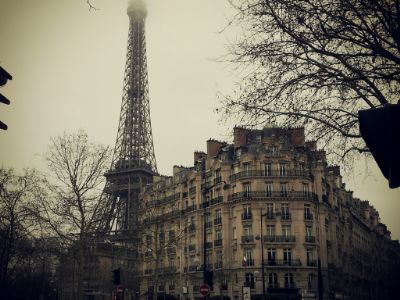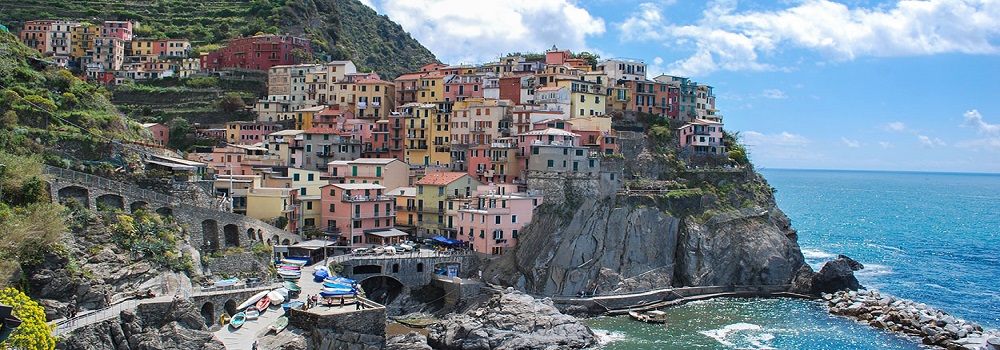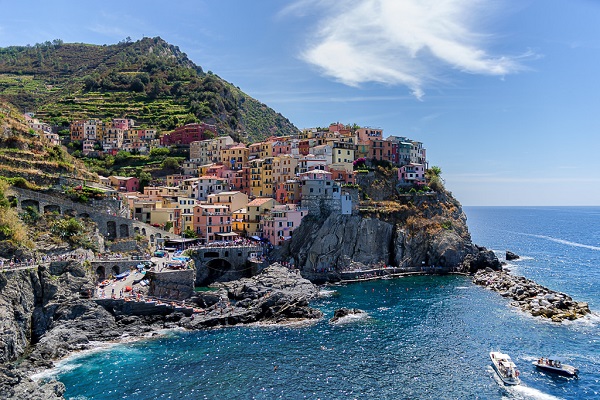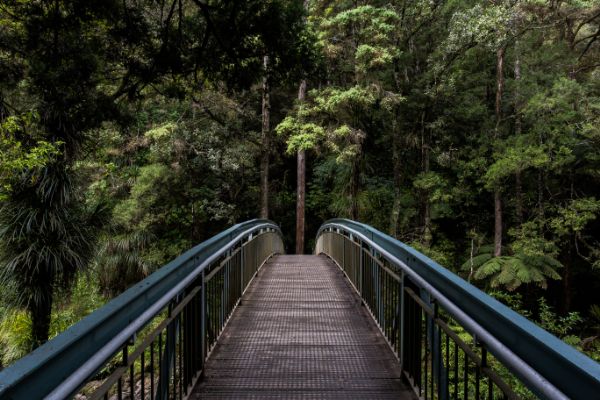CSS Styling Images
Learn how to style images using CSS.
Rounded Images
You can use the border-radius property to create rounded images:


Tip: Look at the CSS Image Shapes chapter to learn how to shape (clip) images to circles, ellipses and polygons.
Thumbnail Images
Use the border property to create thumbnail images:

Example
img {
border: 1px solid #ddd;
border-radius: 4px;
padding: 5px;
width: 150px;
}
Try it Yourself »
Thumbnail image as a link:

Example
img {
border: 1px solid #ddd;
border-radius: 4px;
padding: 5px;
width: 150px;
}
img:hover {
box-shadow: 0 0
2px 1px rgba(0, 140, 186, 0.5);
}
Try it Yourself »
Responsive Images
Responsive images will automatically adjust to fit the size of the screen.
Resize the browser window to see the effect:

If you want an image to scale down if it has to, but never scale up to be larger than its original size, add the following:
Tip: Read more about Responsive Web Design in our CSS RWD Tutorial.
Polaroid Images / Cards

Cinque Terre

Northern Lights
Example
div.polaroid {
width: 80%;
background-color: white;
box-shadow: 0 4px 8px 0 rgba(0,
0, 0, 0.2), 0 6px 20px 0 rgba(0, 0, 0, 0.19);
}
img {width: 100%}
div.container {
text-align: center;
padding: 10px 20px;
}
Try it Yourself »
CSS Image Opacity
The opacity property specifies the opacity/transparency of an element.
The opacity property can take a value from 0.0 - 1.0:
- 0.0 - The element will be completely transparent
- 0.5 - The element will be 50% transparent
- 1.0 - Default. The element will be fully opaque

opacity 0.2

opacity 0.5

opacity 1.0
(default)
Tip: Look at the CSS Image Filters chapter to learn how to use the filter property to add visual effects (like opacity, blur, saturation, etc.) to images.
Image Text
How to position text in an image:
Example

Try it Yourself:
Top Left » Top Right » Bottom Left » Bottom Right » Centered »Image Hover Overlay
Create an overlay effect on hover:
Flip an Image
Move your mouse over the image:

Responsive Image Gallery
CSS can be used to create responsive image galleries. This example use media queries to re-arrange the images on different screen sizes. Resize the browser window to see the effect:
Example
@media only screen and (max-width: 768px) {
div.gallery-item {
width: calc(50% - 20px);
}
}
@media only screen and (max-width: 480px) {
div.gallery-item {
width: calc(100% - 20px);
}
}
Try it Yourself »
Tip: Read more about Responsive Web Design in our CSS RWD Tutorial.



